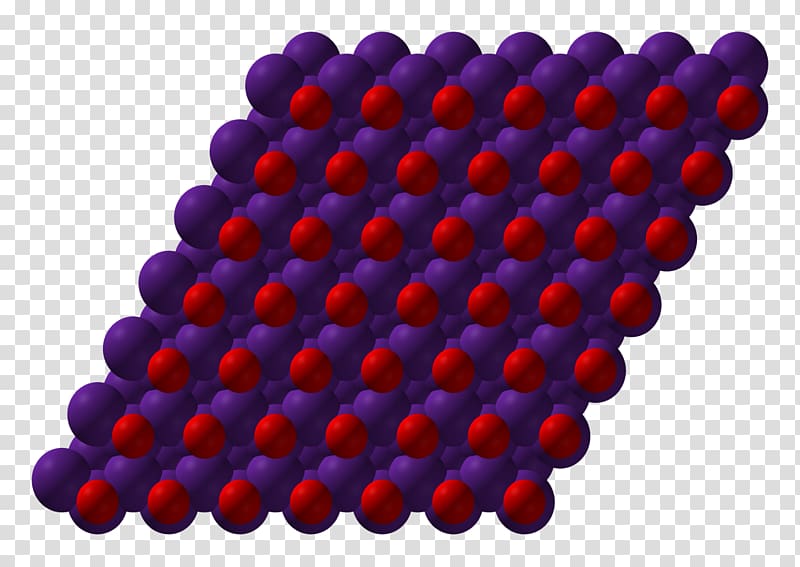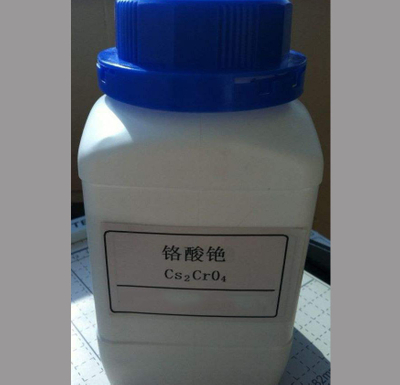
Īdibmehr Z (2020) Faghihian H (2020) Preparation of highly selective magnetic cobalt ion-imprinted polymer based on functionalized SBA-15 for removal Co 2+ from aqueous solutions. Īchour S, Amokrane S, Chegrouche S, et al (2021) Adsorption mechanism study of radionuclide 60Co by purified and α-Fe 2O 3-supported bentonite from radioactive solution. Graphical abstractĪbdel Maksoud MIA, Sami NM, Hassan HS et al (2022) Novel adsorbent based on carbon-modified zirconia/spinel ferrite nanostructures: evaluation for the removal of cobalt and europium radionuclides from aqueous solutions. The ANFIS model proved to be quite effective in predicting the adsorption of Cs(I) and Co(II), as shown by the obtained values of R 2, MSE, SSE, and ARE. The proposed mechanism of adsorption of Cs and Co ions on the composite is complex and involves electrostatic interactions and ion exchange. The adsorption was non-spontaneous endothermic for Cs(I) and spontaneous endothermic for Co(II). The Freundlich, Langmuir isotherms, and the pseudo-second-order kinetic model better describe the adsorption of these ions on the composite. The high adsorption capacity of the composite could be due to a diversity of functional groups, a large number of active sites or the multilayer adsorption of caesium and cobalt ions on the surface of the composite. The maximum adsorption capacity for Cs(I) and Co(II) was 2286 mg/g and 652 mg/g, respectively, and was obtained at concentrations (Cs(I) = 12,630 mg/L Co(II) = 3200 mg/L), adsorbent mass of 0.01 g, pH (Cs(I) = 7 Co(II) = 5), temperature of 20 ± 1 ☌, and contact time of 24 h. It was found that the adsorption of ions depends on the initial concentration, pH (except for caesium), mass of adsorbent, temperature, and contact time. The SEM and TEM results show that the composite has a layered structure with irregularly shaped pores on the surface.

The presence of clay minerals, graphene oxide, maghemite, and magnetite was detected in the prepared composite by XRD, WD-XRF, Mössbauer spectroscopy, and ATR-FTIR. ISSN 1098-0121.The muscovite mica clay-graphene oxide-maghemite-magnetite ( γ-Fe 2O 3-Fe 3O 4) composite was first used for the adsorption of caesium(I) and cobalt(II). "Influence of O 2 molecular orientation on p-orbital ordering and exchange pathways in Cs 4O 6". "Pressure-Induced Charge Disorder–Order Transition in the Cs 4O 6 Sesquioxide". Ohishi, Yasuo Sans, Annette Felser, Claudia Jansen, Martin Prassides, Kosmas (). "Spintronic materials based on main-group elements" (PDF). ^ Attema, J J Wijs, G A de Groot, R A de ()."Elusive Valence Transition in Mixed-Valence Sesquioxide Cs 4O 6". Sans, Annette Felser, Claudia Jansen, Martin Prassides, Kosmas (). Esma Kockelmann, Winfried Brown, Craig M. American Association for the Advancement of Science (AAAS). "Verwey-type charge ordering transition in an open-shell p -electron compound". ^ Adler, Peter Jeglič, Peter Reehuis, Manfred Geiß, Matthias Merz, Patrick Knaflič, Tilen Komelj, Matej Hoser, Andreas Sans, Annette Janek, Jürgen Arčon, Denis Jansen, Martin Felser, Claudia ()."Charge order and electron localization in a molecule-based solid". Zeitschrift für anorganische und allgemeine Chemie. "Thermo-analytical Investigations on the Superoxides AO 2 (A = K, Rb, Cs), Revealing Facile Access to Sesquioxides A 4O 6". ^ Merz, Patrick Schmidt, Marcus Felser, Claudia Jansen, Martin ().Zeitschrift für anorganische und allgemeine Chemie (in German). "Über die Kristallstrukturen der Rubidium- und Cäsiumsesquioxyde". "Exotic magnetism in the alkali sesquioxides Rb 4O 6 and Cs 4O 6". ^ a b c d Winterlik, Jürgen Fecher, Gerhard H.Electron paramagnetic resonance and nuclear magnetic resonance measurements show a complicated low temperature magnetic behavior that depends on the orientation of the oxygen dimers and superexchange through the caesium atoms. Below about 200 K, the structure changes to tetragonal symmetry.

There were some theoretical suggestions that Cs 4O 6 would be a ferromagnetic half metal, but along with the closely related rubidium sesquioxide, experimental results found a magnetically frustrated system. The compound is often studied as an example of a Verwey type charge ordering transition at low temperatures. It can be created by thermal decomposition of caesium superoxide at 290 ☌.

Compared to the other caesium oxides, this phase is less well studied, but has been long present in the literature. In terms of oxidation states, Caesium in this compound has a nominal charge of +1, and the oxygen is a mixed peroxide ( O 2− 2) and superoxide ( O − 2) for a structural formula of (Cs +) 4(O − 2) 2(O 2− 2). Caesium sesquioxide is a chemical compound with the formula Cs 2O 3 or Cs 4O 6.


 0 kommentar(er)
0 kommentar(er)
